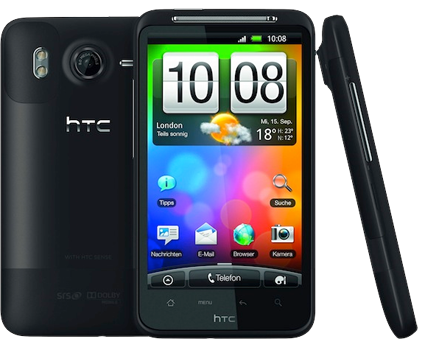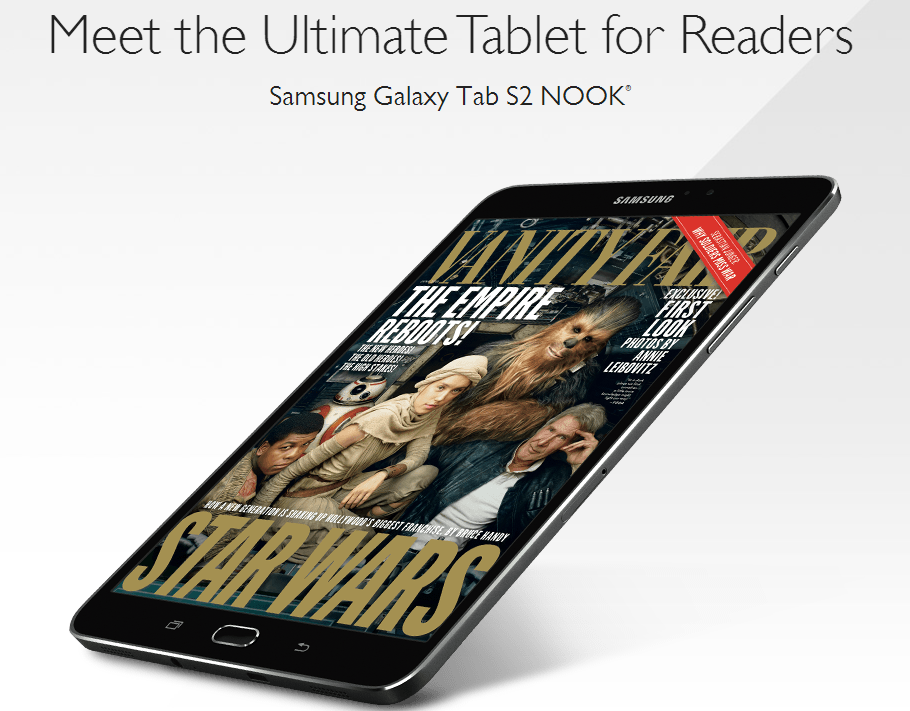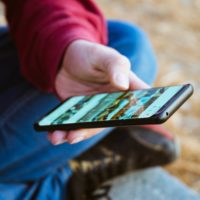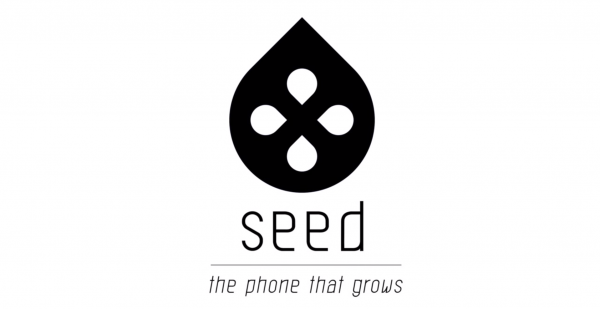 You may recall late last month we covered a story about a modular device concept called Seed, created by South African Computer Engineer, Nicholas Rout. The idea behind Seed is a device, most probably a phone, that is able to be connected to multiple different docks, like a tablet-dock or PC-dock, and is able to operate seamlessly between all of them, sharing both processing power as well as apps/programs and so forth; read the original article here for more details. We’ve also had the good fortune of getting an interview with Nicholas to find out more about his concept and where he sees it going.
You may recall late last month we covered a story about a modular device concept called Seed, created by South African Computer Engineer, Nicholas Rout. The idea behind Seed is a device, most probably a phone, that is able to be connected to multiple different docks, like a tablet-dock or PC-dock, and is able to operate seamlessly between all of them, sharing both processing power as well as apps/programs and so forth; read the original article here for more details. We’ve also had the good fortune of getting an interview with Nicholas to find out more about his concept and where he sees it going.
A: Hi Nicholas, thanks for joining us today. What was your primary influence for starting Seed, and as a follow-on, what do you see as the biggest issue plaguing the mobile/technology industry?
NR: I came up with the idea of Seed somewhere around January 2013 while on a flight back from a holiday in the USA with my family. As a Computer Engineer in training and an unashamed nerd, I read plus or minus 20 different tech blogs and news sources daily. I observe the general trends with a keen eye. I noticed 4 major things; 1 of them good and 3 of them bad:
The Good…
In today’s world we own many smart devices of different shapes and sizes – Phones, Tablets, Notebooks, Desktops/PCs and TV hubs/consoles. As of very recently, these devices have begun to converge in terms of their power (internal specifications) and capabilities (what their respective operating systems and apps can do). You can now develop apps, create documents and play graphically-intensive games on your phone and tablet – devices that now have powerful multi-core processors and gigabytes of RAM. On the other end of the spectrum, our ‘PCs’ can fit in the palm of our hands and our laptops are paper-thin and consume far less power.
The Bad…
Firstly, while our devices are individually really capable, using them together is quite disjointed. One example of a device set – you might have an iOS mobile device, a Windows PC or a Mac, a Linux-based Notebook and a Playstation 4. These devices all have different Operating Systems, an app might work on one and not another, your files are often scattered across them in an unorganised fashion and settings/preferences differ from device to device. I personally found myself having to rely on an ad-hoc solution of cloud services and portable storage to keep my life in order, but this did only a portion of the job (if I had no access to an internet connection, then it simply didn’t work) and was really tedious. I believe this to be true for most people nowadays.
Secondly, our modern, multi-purpose devices barely hold a day’s worth of battery life and this often ends up cutting us off from the digital world we depend on.
Thirdly, owning devices of different shapes and sizes is convenient because, despite the fact that they are converging, the screen size and input method makes it easier for us to perform certain tasks. Snapping photos and messaging is best done on a phone (even though, technically, you could do this on your notebook) while a Mac/PC is hard to beat when it comes to productivity. That being said, owning a whole suite of devices is EXPENSIVE. This is especially true for developing countries where money may be scarce. Some solutions have included simply making cheaper devices, but these offer a sub-par user experience which I feel is wrong.
Thus, I combined these observations into a single solution that I named Seed. A powerful computer that you carry around with you at all times (i.e. your phone) that can change it’s shape and respective UI by using docking stations.
 A: Aside from mobile devices, PCs and TVs, where else do you see the Seed phone being applicable?
A: Aside from mobile devices, PCs and TVs, where else do you see the Seed phone being applicable?
 A: Do you see Ubuntu as the definite way forward for Seed, or are you still considering all available avenues?
A: Do you see Ubuntu as the definite way forward for Seed, or are you still considering all available avenues?
NR: Ubuntu seems like the most suitable OS choice for now. It’s a stable, trusted Software package (in Desktop form) with a promising-looking Mobile and TV suite. The to-be convergence functions perfectly align with what Seed hopes to achieve from a Hardware perspective. That being said, Android is very modifiable and has a far greater userbase. If we could somehow create Desktop and TV versions of Android, then maybe… Microsoft has also announced a far more converged Dev Platform for Windows, and WP 8.1 is now free for devices under 9 inches. The options are open but, for now, Ubuntu seems like a clear choice.
A: What is your favourite device on the market right now?
NR: My favourite device right now is probably the Nexus 5. I’ve owned a Nexus S and now own a Nexus 4. I’d love to get my hands on a Nexus 5 as I’m a huge fan of the stock Android experience. I’m also really excited to see where Project Ara goes!
 A: Have you had any expressions of interest from manufacturers/investors?
A: Have you had any expressions of interest from manufacturers/investors?
NR: So far the interested parties have primarily included Individual Investors and students/standalone engineers looking to assist in the development. The companies I’d really like to get interest from – think Ubuntu, Google, Asus, etc. – haven’t contacted me as of yet. This is why I’m pushing ahead with actual development, as I feel a proper, Kickstart-able working prorotype would give Seed far more leverage and interest.
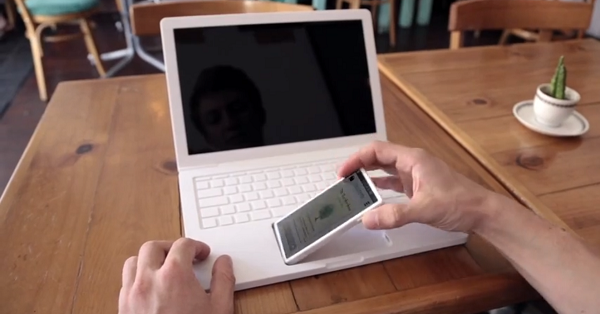 A: Where do you hope to see Seed and the Seed phone in the near future?
A: Where do you hope to see Seed and the Seed phone in the near future?
NR: I really aim to see Seed become an actual, commercial device in the near future! Seed should (if nothing major comes along) become an actual company with a small team very shortly. Within the next 6 months we hope to have the prototype finished and primed for all avenues of further development – Kickstarter, negotiating/working with with existing companies like Ubuntu, Potential Investors, etc. I believe Seed has the potential to reach a really wide audience and could benefit all kinds of people. I’d love to turn it into a real product that these people can use and enjoy.
A: Thanks very much for your time, Nicholas.
So there you have it, straight from the horse’s mouth. Let us know what you think about it all and where you think it could go in the comments.
